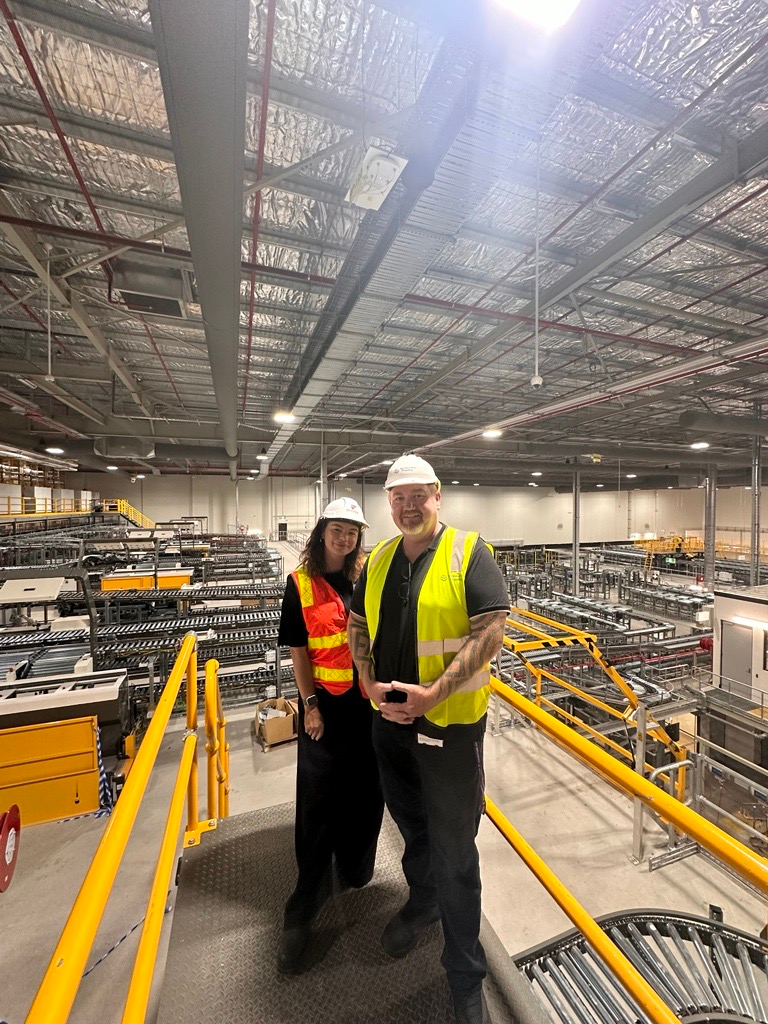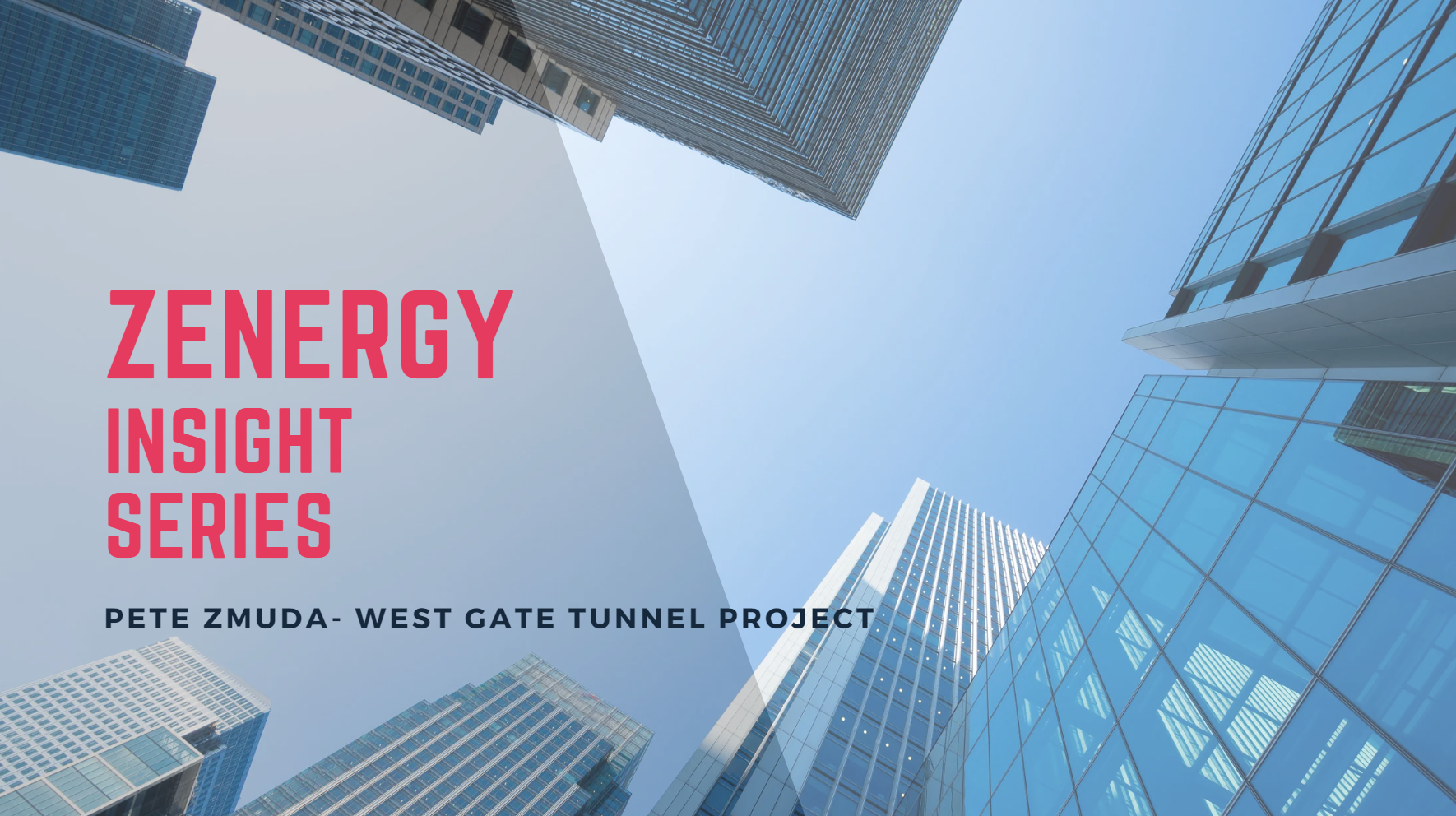Psychosocial safety requirements in the workplace
Psychosocial safety requirements in the workplace

Psychosocial safety requirements in the workplace
You will have no doubt been hearing a lot about “psychological safety” and “psychosocial safety” lately and for good reason. The laws are changing in these areas in relation to workplace obligations. It can be confusing, but it shouldn’t be. It’s important to not over-complicate this topic because it is a very critical factor to get right in the workplace.
Psychosocial hazards can cause psychological and physical harm and organisations have a responsibility to provide a safe and healthy working environment and to ensure health and safety to manage psychosocial health and safety risks at work and eliminate or minimise psychosocial risks so far as is reasonably practicable.
In this blog, we define the meanings and requirements of psychosocial safety in simple terms and leave you with some straightforward actions to consider implementing in the workplace to comply with your obligations.
Definitions
Psychosocial Hazards: A psychosocial hazard is anything that could cause psychological harm (e.g. harm someone’s mental health) [SafeWork Australia].
Psychological injury: A term used to describe an illness or disorder diagnosed by a medical practitioner which includes a range of recognized cognitive, emotional, physical, and behavioural symptoms. They are also known as mental health conditions or disorders. Some examples are depression, post-traumatic stress disorder, and anxiety.
Psychosocial Safety (or psychologically safe): A workplace environment that enables people to feel safe, valued, and supported (a respectful and trusting culture) with minimal exposure to psychosocial and physical hazards.
Psychosocial Health and Safety: The systems and workplace factors that enable a person to work in an environment that is safe and free from harm from psychosocial hazards. It’s how psychosocial hazards are managed and controlled.
Psychosocial Hazards
Psychosocial hazards can cause harm to people because they cause unreasonable stress. Unreasonable stress is that which is frequent, high, and or happens over a long period of time. This type of stress leads to psychological/mental health injuries or illnesses such as we described earlier.
The WHS Regulation defines psychosocial hazards as a hazard that arises from, or is related to:
- The design or management of work;
- A work environment;
- Plant at a workplace;
- Workplace interactions or behaviours; and
- That may cause psychological harm.
The most important thing to understand is WHAT can cause harm, by understanding what the hazards are, management can immediately work on identifying them, assessing the risk, and applying the hierarchy of controls to minimise harm, starting with the best way – elimination.
What are my legal requirements?
In Australia, there were changes made to the WHS Regulations. In relation to psychosocial safety, the change included defining psychosocial hazards and psychosocial risks, and clarifying the control measures a business must implement. It imposes a positive obligation on employers to manage and protect against the risk of psychosocial hazards at work.
Psychological health is already included in the WHS Act in the definition of “health” in section 4, so regardless of whether the state you are in has adopted the amendment or code of practice, you already have a duty of care to ensure the health and safety of your employees associated with both physical and psychological hazards.
What do I need to do?
Use the same principles that a business would use for managing any other hazards, the systematic four step approach used in the Code of Practice “How to manage work health and safety risks” is referred to in the Model Code of Practice for Managing psychosocial hazards and for psychosocial hazards, the NSW Regulation directs a PCBU to:
- Identify reasonably foreseeable psychosocial hazards that could give rise to health and safety risks and;
- Introduce, maintain and review control measures to eliminate (or minimise) psychosocial risks to health and safety so far as is reasonably practicable.
This is met by working through a risk assessment process, in consultation with your workers, any representatives, and any other health and safety specialists you may require, to formally assess any psychosocial hazards that may be present or may have been reported.
For consideration
While psychosocial safety management should be approached as per usual in terms of risk management, the nature of psychological hazards and potential injuries means that the approach should be managed carefully.
Discussing potentially upsetting or stressful issues or situations may raise some strong emotions in people. Management should consider their wording and actions to ensure no harm or aggravation may occur from discussing sensitive issues.
For example, where there may be a worker with a pre-existing psychological condition, it may be appropriate to ask them in private whether they are comfortable with joining in on a risk assessment about psychological hazards. They may have some excellent insight, so they should not be excluded, but if they wish to not participate, this should be acknowledged. That is just one example, but the message is to be aware of others and act considerately.
Summary
There is work to do for every business when it comes to identifying and managing psychosocial hazards. Some businesses may find they do a risk assessment, and no hazards are identified. This is great, but regular reviews are necessary in case things change.
Other businesses may already know there are multiple hazards that exist and should be thinking about control measures and moving to address these ASAP.
The take-away message is that every single business is required to now consider psychosocial hazards as well as physical hazards and manage them accordingly to reduce the risk of injury at work.
Contact Us to Discuss Your Needs
If you would like additional information on how Zenergy can help deliver and manage your Psychosocial program, contact us today for further information and discussion.
As industry partners to organisations around Australia we have proven experience in delivering fit for purpose practical solutions and professional services across a multitude of industries and sectors to meet your needs. Through a combination of our experience, academic achievements, and business experience we add value to our client's business needs.
Contact the Zenergy team on 1300 333 400 or email info@zenergygroup.com.au for more information.
Contact Us
We will get back to you as soon as possible.
Please try again later.
Zenergy News



Contact Us
For more information on our services feel free to email us on -
info@zenergygroup.com.au or call 1300 333 400
Sydney
25 Brisbane Street
Surry Hills
Sydney NSW 2010
Melbourne
Level 23, Tower 5, Collins Square
727 Collins Street
Melbourne VIC 3008
Brisbane
Level 54, 111 Eagle Street
Brisbane QLD 4000
Perth
Level 25, 108 St Georges Terrace
Perth WA 6000
Recent News

© ZENERGY 2022 | Privacy Policy |





